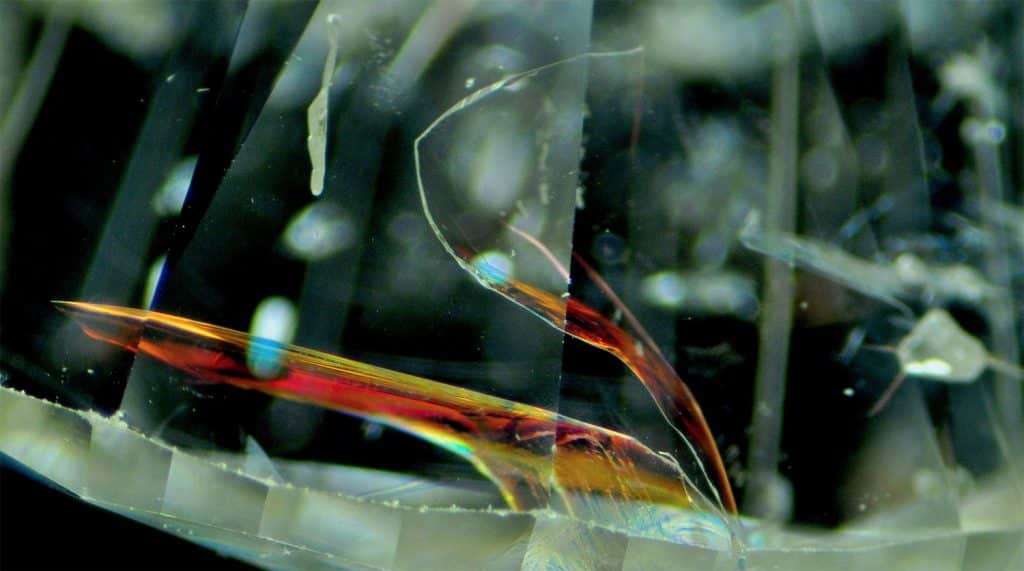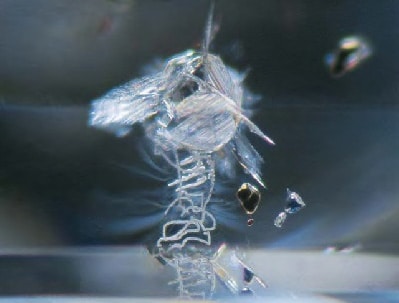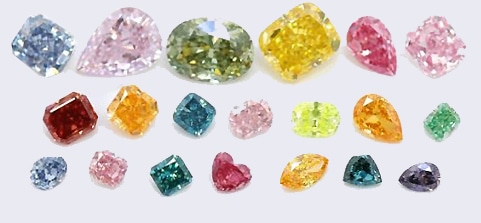Home » Diamond Education Center » DIAMOND TREATMENTS: INTRODUCTION
The
What is a diamond? According to ISO 18323, ratified in 2015 by the International Standards Organization, it is “carbon crystallized in the isometric (cubic) crystal system,” which has been formed and grown through natural geological processes.
Indeed, any time the word “diamond” is used, and is not preceded by a qualifying adjective, one should be able to assume it is a natural diamond. If is a stone is described simply as “a diamond,” and it is found to be synthetic or treated, then the buyer can fairly claim to been deceived.
So what is a treatment? Essentially, according to the ISO standard, it is any process of human intervention that affects the appearance of the natural stone, with the exception of accepted manufacturing or maintenance practices, which include cutting, polishing or cleaning the diamond. If anything any other process is involved, it is considered a “treated diamond,” and that fact and the exact nature of the treatment needs to be disclosed, each and every time it is sold.
It can generally be expected that the value of a treated diamond will be lower than a similarly sized all-natural stone of the same size. But the difference is value is not the reason that non-disclosure is unethical. While certain treatments are permanent, other are not. This means that the appearance of the stone may change over time, without the owner understanding why this is happening.
In general there are two classes of treatment. The first involves process that enhance the clarity grade of the diamond, while the second improves or changes the stone’s color.
Fracture filling is one of the more frequently encountered clarity treatments. It involves the injection of a clear substance into tiny cracks within a diamond. While stable, this is not necessarily a permanent process. If the stone is subject to high temperatures, or washed using acid, the filling will melt and disappear, and the cracks will become visible once again.
Laser drilling is another treatment used to improve clarity grades. It involves drilling a minute tunnel through the diamond with a laser beam in order to remove a dark spot buried inside the stone. To the untrained eye the laser tunnels appear to be natural inclusions, and they too may be fracture filled to further improve clarity.
One of the more common color enhancement processes is High-Pressure, High Temperature (HPHT) treatment, or annealing. It dramatically changes the color of a yellowish or brownish diamonds, rendering them whiter or devoid of color, but under certain condition can HPHT can also can produce brownish yellow, orangey-yellow, green, blue, and even pink color diamonds. It is a permanent treatment.
Irradiation is among the methods used to create attractive Fancy Colored Diamonds. Several alternatives are available in this respect, with the most commonly being neutron bombardment. This results in stones of green to black colors, but if they are then heated to extreme temperatures, fancy orange, yellow, brown, or pink colors are obtained. Electron bombardment produces a blue, blue-green or green color diamonds, and when heated these stones can result in orange, yellow, brown and pink fancy colors. Less commonly used color-treatment methods include proton and neutron bombardment.
It is possible to take measures that will mitigate risk of non-disclosure of treatments. Diamonds that are submitted to reputable gemological laboratories for grading are also routinely tested to ascertain whether they are natural or synthetic, or subject to what is considered a treatment, including fracture filling, laser drilling, HPHT and color irradiation. If detected, the treatment will be described on the diamond grading report.

The ‘flash effect,’ in which transparent filler material introduced into cracks within a diamond can be detected by a colorful rainbow flash, visible when the stone is turned, is indicative of fracture filling, a clarity treatment.

Worm-like laser tunnels, drilled through the stone to help remove black inclusions, can appear to the untrained eye as a natural imperfection.

A selection of diamonds that have been irradiated in order to provide attractive fancy colors.
The
